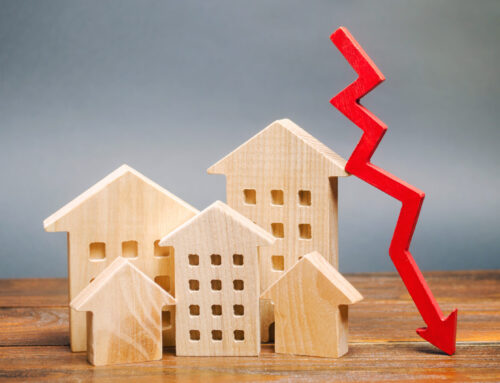Among the commercial real estate (CRE) sectors that outperformed last year, multifamily was one of the stars of the show. Many areas saw red-hot demand for apartments in early 2022, and the trend only really started slowing towards the end of the year. Even with that slowdown however, 2022 will go down in the books as a bumper year for multifamily real estate.
According to recent data from the Federal Home Loan Mortgage Corporation (“Freddie Mac”), however, we should expect multifamily occupancies and rent growth to take a dip in the first half of 2023.
Cooling demand
Freddie Mac points out that the multifamily market reached an inflection point in 2022, with demand and renewals dropping off from record highs. Markets that performed exceptionally well throughout the pandemic, like Phoenix, also saw a steep drop-off in rent growth.
“We expect growth in multifamily fundamentals to decelerate through the first few months of 2023.”
Freddie Mac
As a recent report from CRE data platform RealPage puts it: “From 2015 to 2019, annual rent growth in Phoenix topped U.S. norms by an average of 290 basis points (bps), according to data from RealPage Market Analytics. And from May 2021 to February 2022, that gap widened to more than 1,000 bps. It was quite a change then, to see rent growth slow down so significantly in the rest of the year.”
The report notes that by November 2022 rent growth in Phoenix dropped to 0.7%, placing the metro in second-last position out of 50 U.S. markets.
Freddie Mac adds: “We expect growth in multifamily fundamentals to decelerate through the first few months of 2023.”
Labor concerns
Another factor that might upset the applecart for the sector is how things develop in the labor market. Freddie notes:
“If the Fed achieves the soft landing without a large impact to the job market, consumer confidence will return and household formations will rebound, but most likely not until mid-2023. However, the chance of a recession remains elevated and will be throughout 2023.”
A strong second half
Despite the downturn, Freddie Mac says to expect a stronger multifamily performance in the second half of the year. In particular, they highlight smaller markets in the Southwest and around Florida as areas to keep an eye on in terms of performance in 2023.
“If the Fed achieves the soft landing without a large impact to the job market, consumer confidence will return and household formations will rebound, but most likely not until mid-2023.”
Freddie Mac
Predicting exactly which markets are going to outperform, however, is likely to be easier said than done as the year starts off with plenty of economic uncertainty still in the cards.
Market or market profile?
In a recent article, however, RealPage offers another potential angle to evaluate, making the argument that market profiles, rather than individual markets may be a better focus for multifamily investors.
They highlight college towns, metros with strong job growth, and low-risk, low-reward markets as areas that are often more stable during economic uncertainty, stating:
“With national uncertainty growing and rent cuts clocking in quite large in 4th quarter 2022 (1% for the U.S. overall), historically slow-and-steady markets like Cincinnati, Cleveland, Indianapolis, Kansas City, St. Louis and Virginia Beach actually tend to show up as relative outperformers.”
Finding the right approach
For CRE professionals working with multifamily, the uncertainty of changing conditions translates into a need to be sharper than ever when it comes to scrutinizing all aspects of the market and individual deals.
As always, here at NAI we’ll be keeping a finger on the pulse and reporting back as, and when, conditions change throughout 2023.






